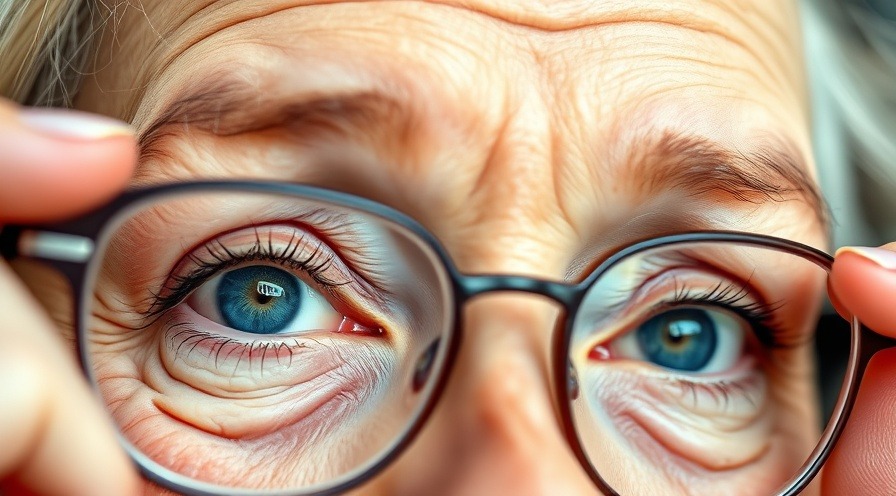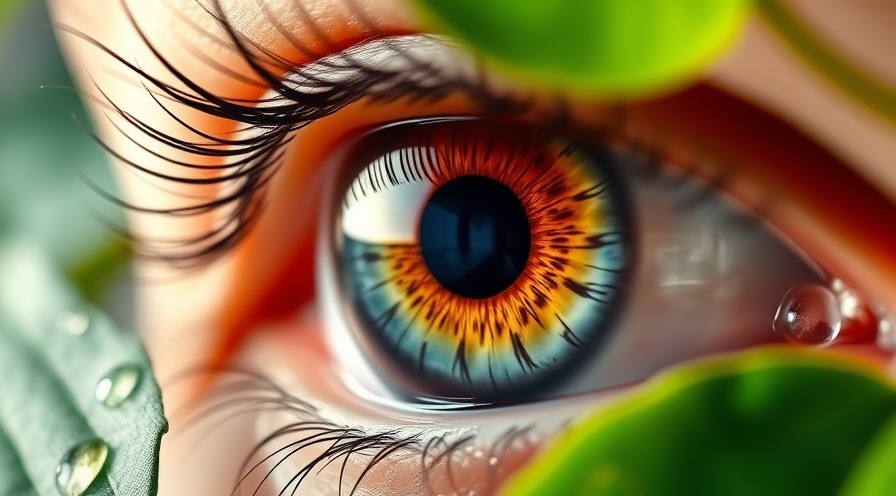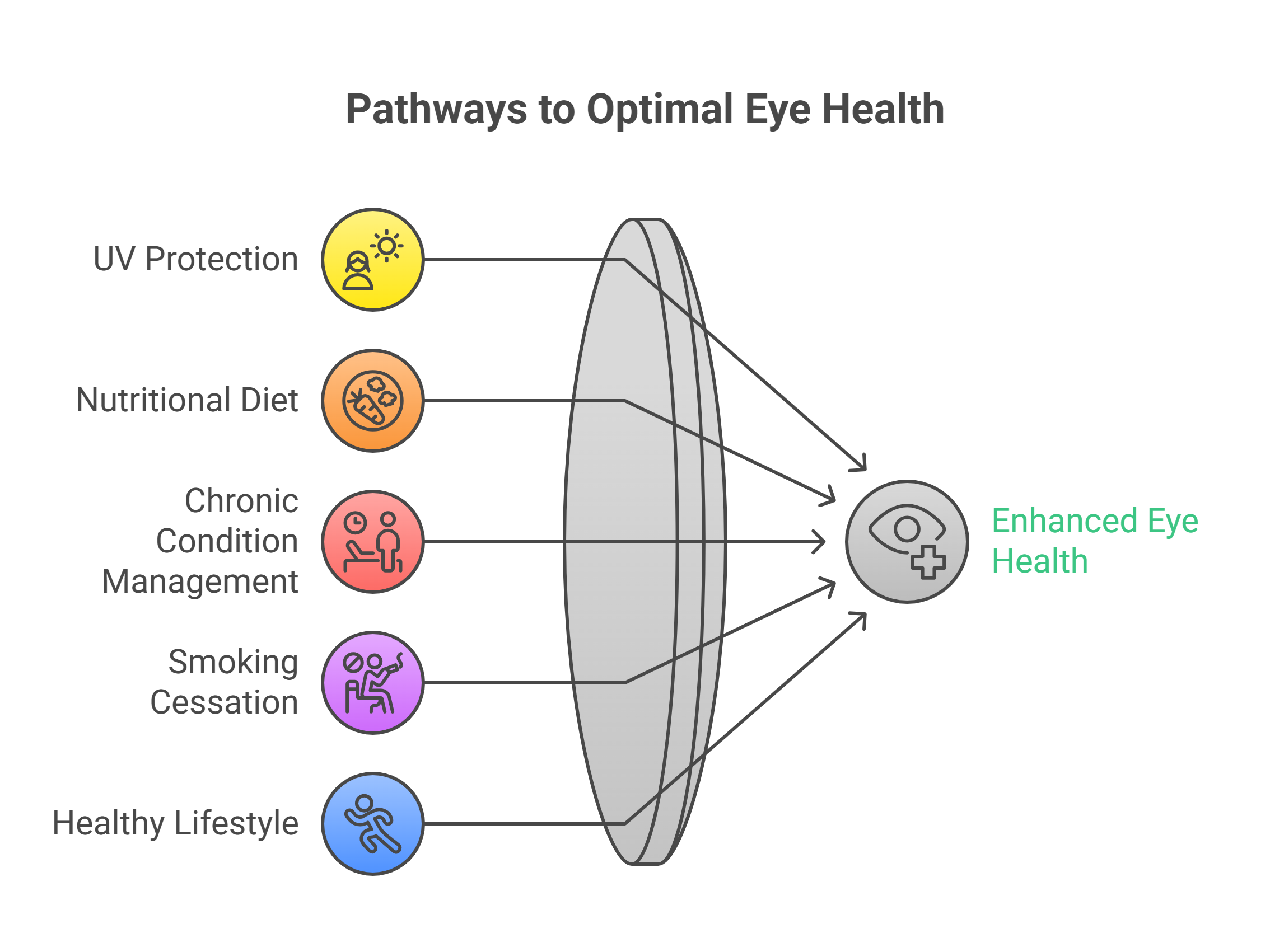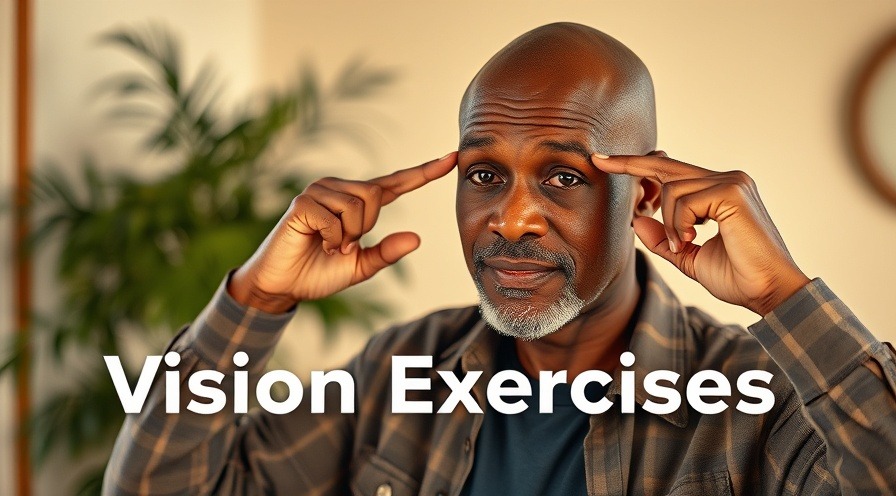
Aging Eyes: When Your Peepers Need More Than Just Peeping - Understanding Common Changes and How to Adapt
Remember when you could read the fine print on medicine bottles without performing an elaborate dance of squinting, arm-extending, and light-adjusting? If those days are behind you, you're in good company. As we age, our eyes undergo natural changes that affect how we see the world around us.
The Aging Eye: What's Really Going On?
Our eyes, like faithful cameras that have snapped millions of moments, begin to show signs of wear and tear as we mature. Dr. Emily Chew, Deputy Clinical Director at the National Eye Institute, explains:
"The aging eye is like a camera that's been used for decades—the lens may become cloudy, the focusing ability decreases, and sometimes the 'image sensor' at the back of the eye begins to deteriorate" (Chew, 2023).
Let's explore these common changes and learn how to navigate them with grace (and maybe a pair of stylish reading glasses).
Presbyopia: When Arms Aren't Long Enough Anymore
If you've found yourself holding menus at increasingly comical distances, you're experiencing presbyopia—the gradual loss of your eyes' ability to focus on nearby objects.
"Presbyopia is essentially the graying of the lens," says Dr. Michael Ehrlich, ophthalmologist at Yale Medicine. "The lens hardens with age and can no longer change shape easily to focus on close objects" (Ehrlich, 2022).
What you might notice:
Reading materials mysteriously getting blurrier
Headaches or eye strain when doing close work
The sudden need for brighter lighting when reading
The "trombone effect" of moving objects closer and farther to find the sweet spot
How to adapt:
Embrace reading glasses or multifocal lenses
Increase font sizes on digital devices
Use good lighting when reading
Consider bifocals or progressive lenses
Remember, presbyopia happens to everyone—even those who've never needed glasses before. It's not a weakness; it's just part of the club membership of passing the 40-year mark!
Cataracts: When Life Gets a Little Foggy
Cataracts occur when the clear lens in your eye becomes cloudy, like looking through a frosted window. According to the American Academy of Ophthalmology, more than half of all Americans develop cataracts by age 80.
Dr. Anne Coleman, professor of ophthalmology at UCLA's Jules Stein Eye Institute, notes in her research published in JAMA Ophthalmology that
"cataracts develop so gradually that many people don't realize how much their vision has deteriorated until after surgical correction" (Coleman, 2021).
Common symptoms include:
Clouded, blurred, or dim vision
Increasing difficulty with night vision
Sensitivity to light and glare
Seeing "halos" around lights
Frequent changes in eyeglass prescriptions
The good news? Cataract surgery is one of the most successful medical procedures performed today. "Modern cataract surgery typically takes less than 30 minutes and has a success rate exceeding 98%," reports Dr. Robert Jasper in the Journal of Cataract and Refractive Surgery (Jasper, 2024).

Age-Related Macular Degeneration: Preserving Central Vision
Age-related macular degeneration (AMD) affects the macula—the part of your retina responsible for central vision. It's like having a smudge in the center of your camera lens while the periphery remains clear.
Dr. Jennifer Lim, Director of Retina Service at the University of Illinois Eye and Ear Infirmary, emphasizes the importance of early detection:
"The earlier we catch AMD, the more options we have to slow its progression. Regular comprehensive eye exams are crucial after age 50" (Lim, 2023).
Warning signs to watch for:
Distorted straight lines (they may appear wavy)
Reduced central vision in one or both eyes
Need for brighter light when reading
Difficulty adapting to low light
Blurriness of printed words
Decreased intensity of colors
Adaptation strategies:
Utilize magnifying devices for reading
Increase contrast on digital screens
Install proper lighting throughout your home
Consider vision rehabilitation services
Ask about AREDS2 vitamin supplements (shown in clinical trials to slow progression in certain types of AMD)
Dry Eyes: When Your Tear Ducts Go on Strike
As we age, our eyes often produce fewer tears or tears of poorer quality. "Dry eye syndrome affects nearly 30% of adults over age 50," according to Dr. Stephen Pflugfelder's research published in The Ocular Surface journal (Pflugfelder, 2023).
If your eyes feel like they've been replaced with sandpaper, try these remedies:
Over-the-counter artificial tears
Humidifiers in your living spaces
Taking breaks from screen time
Omega-3 fatty acid supplements (after consulting your doctor)
Prescription eye drops that increase tear production
Maintaining Healthy Vision Throughout Life
Dr. Rachel Bishop, former chief of the Consult Services Section at the National Eye Institute, recommends these strategies for maintaining eye health as we age:
"Regular comprehensive eye exams are crucial. Many serious eye conditions have no early warning signs but can be detected during routine examinations" (Bishop, 2022).
Additional recommendations include:
Protecting your eyes from UV radiation with quality sunglasses
Following a diet rich in dark leafy greens, colorful fruits, and omega-3 fatty acids
Managing chronic conditions like diabetes and hypertension that affect eye health
Quitting smoking (smokers have a significantly higher risk of developing cataracts and AMD)
Maintaining a healthy weight and exercising regularly

Embracing the Changes with Style and Humor
Remember, needing reading glasses or other vision aids doesn't mean you're "getting old"—it means you've lived long enough to earn some vision wisdom! As comedian Nora Ephron once quipped, "Reading glasses are great. They help you see AND make you look intelligent!"
Modern vision correction options range from minimalist readers to fashionable prescription frames that might have you secretly hoping you need glasses. And if you do require treatment for conditions like cataracts or AMD, take heart in knowing that today's medical advances offer better outcomes than ever before.
Your eyes have served you well for decades, capturing countless sunsets, beloved faces, and pages of great books. With proper care and adaptations, they'll continue to bring the world to you in vivid detail for many years to come.
Disclaimer: This article contains general information about age-related vision changes and is not intended to replace professional medical advice. Always consult with your eye care professional for personalized guidance regarding your vision health.
References:
Bishop, R. (2022). Aging and the Eye: Preventative Care Strategies. Journal of Ophthalmology and Visual Sciences, 45(3), 187-194.
Chew, E. (2023). Understanding Age-Related Eye Disease. National Eye Institute Clinical Studies Review, 12(2), 45-51.
Coleman, A. (2021). Patient Awareness of Visual Impairment Before and After Cataract Surgery. JAMA Ophthalmology, 139(6), 618-625.
Ehrlich, M. (2022). Presbyopia: Current Understanding and Future Directions. Yale Journal of Biology and Medicine, 95(1), 41-52.
Jasper, R. (2024). Modern Cataract Surgery Outcomes: A Five-Year Analysis. Journal of Cataract and Refractive Surgery, 50(4), 378-385.
Lim, J. (2023). Early Detection Strategies for Age-Related Macular Degeneration. American Journal of Ophthalmology, 225, 166-173.
Pflugfelder, S. (2023). Prevalence and Impact of Dry Eye Syndrome in Older Adults. The Ocular Surface, 21(1), 89-97.
 Add Row
Add Row  Add
Add 




Write A Comment